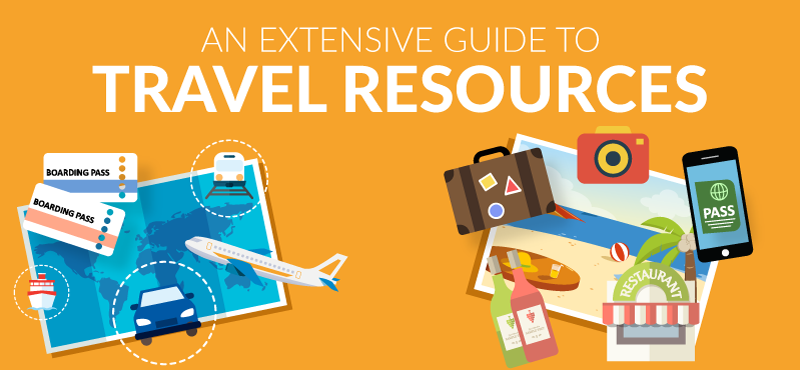Lindsey Olander
Lindsey Olander
Former Content Contributor
23 Published Articles
Countries Visited: 24U.S. States Visited: 25
Currently based in New York, Lindsay worked as a Travel Editor at Jetsetter and Travel + Leisure, where she reported on everything from gorilla trekking in Uganda to hot hotel openings in Singapore to...
Edited by: Keri Stooksbury
Keri Stooksbury
Editor-in-Chief
73 Published Articles 3699 Edited Articles
Countries Visited: 54U.S. States Visited: 28
Editing with Upgraded Points for over 6 years, as editor-in-chief, Keri manages the editorial calendar and oversees the efforts of the editing team and over 20 content contributors, reviewing thousand...
![The Best Times To Visit New Orleans, Louisiana [By Seasons & Interests]](https://upgradedpoints.com/wp-content/uploads/2020/10/New-Orleans-Building.jpg?auto=webp&disable=upscale&width=1200)
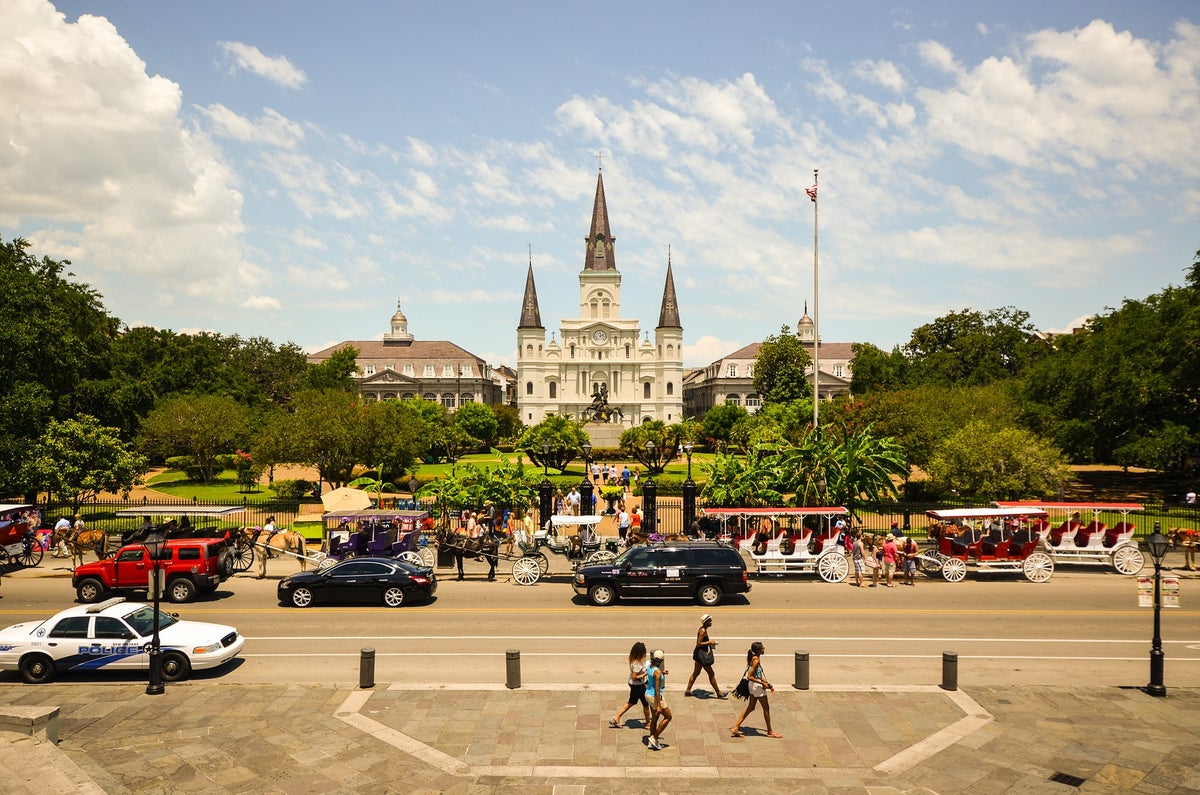
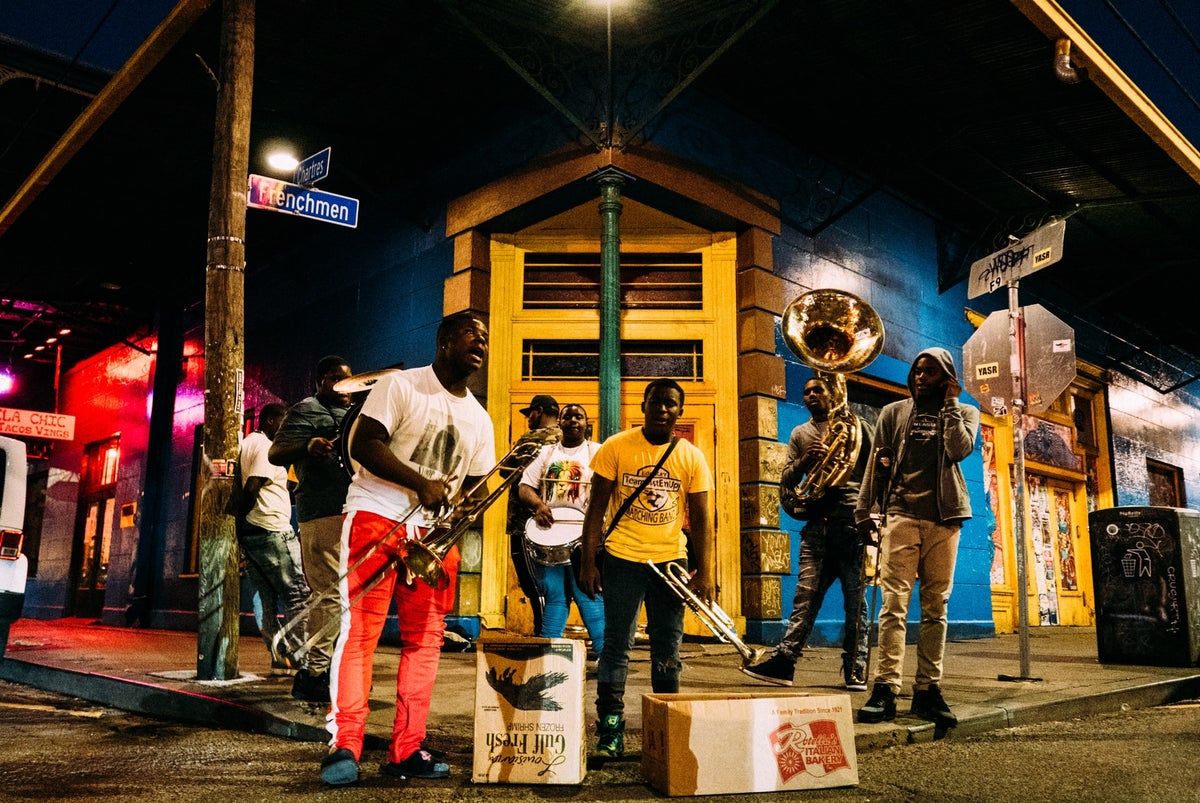
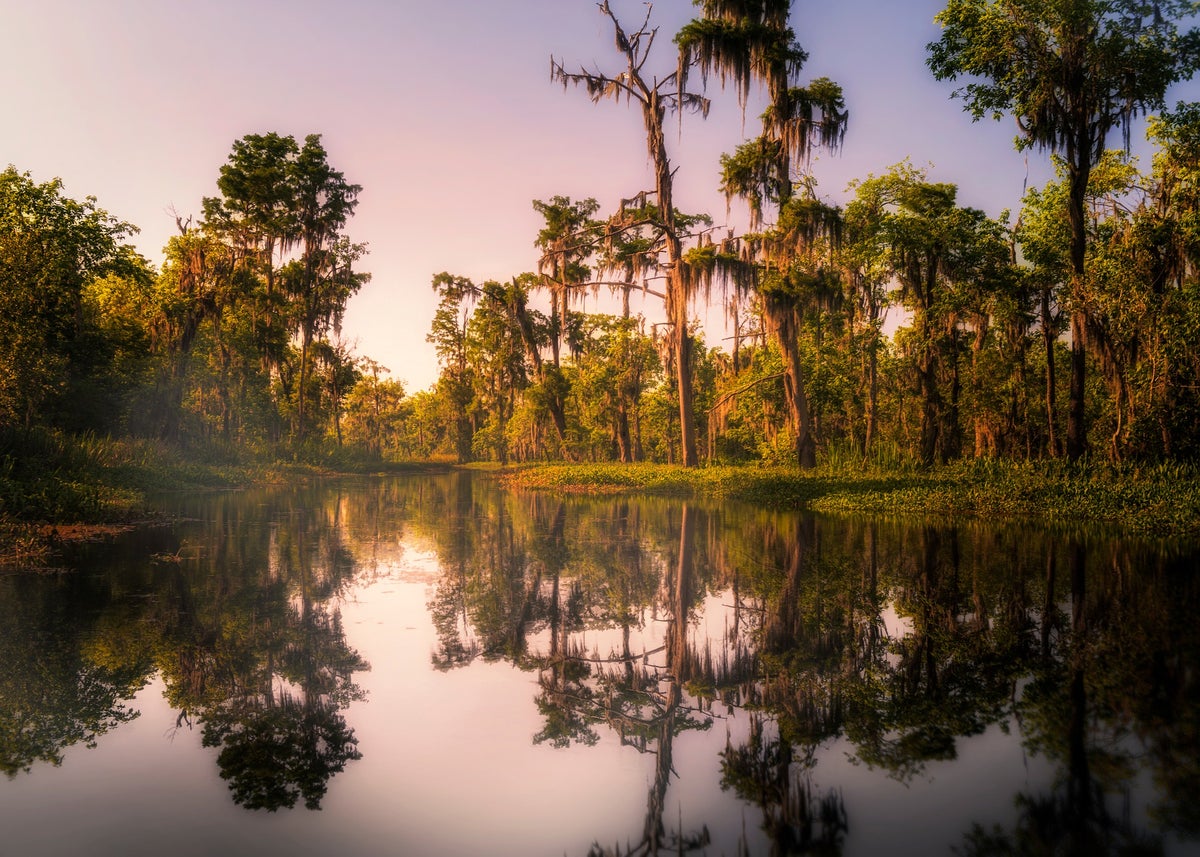
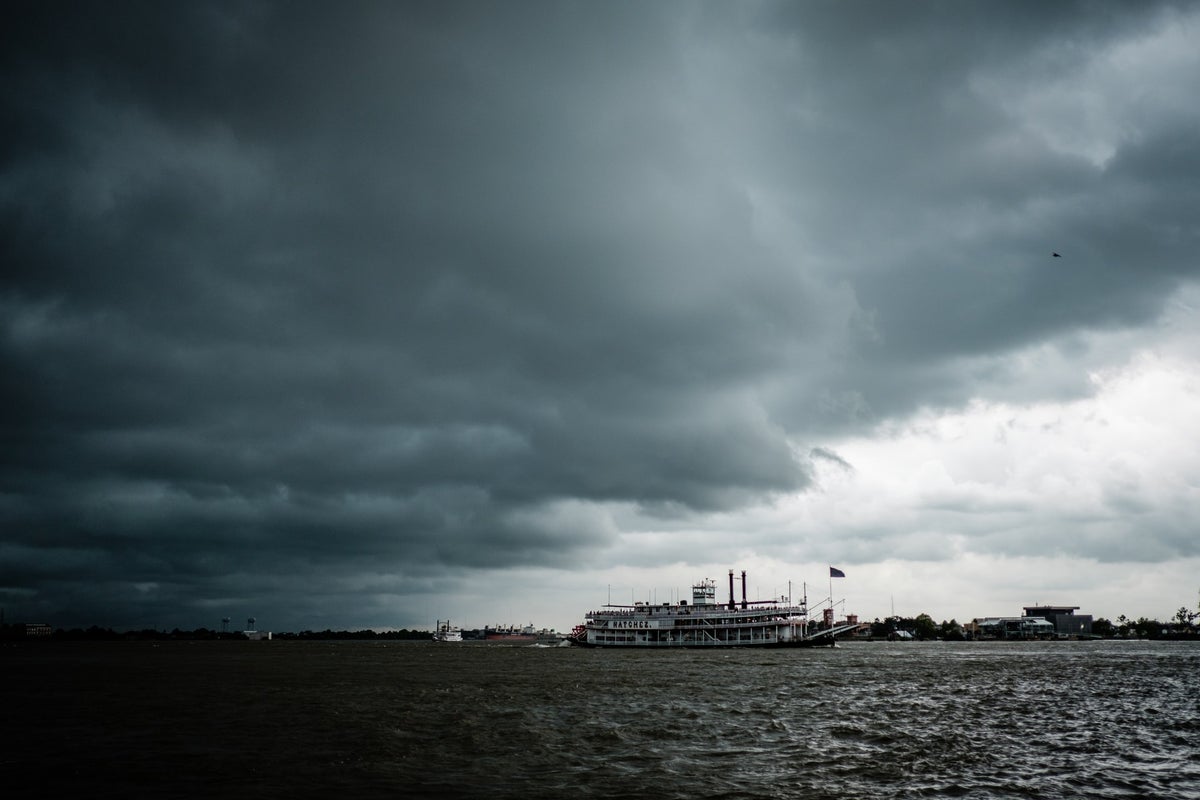
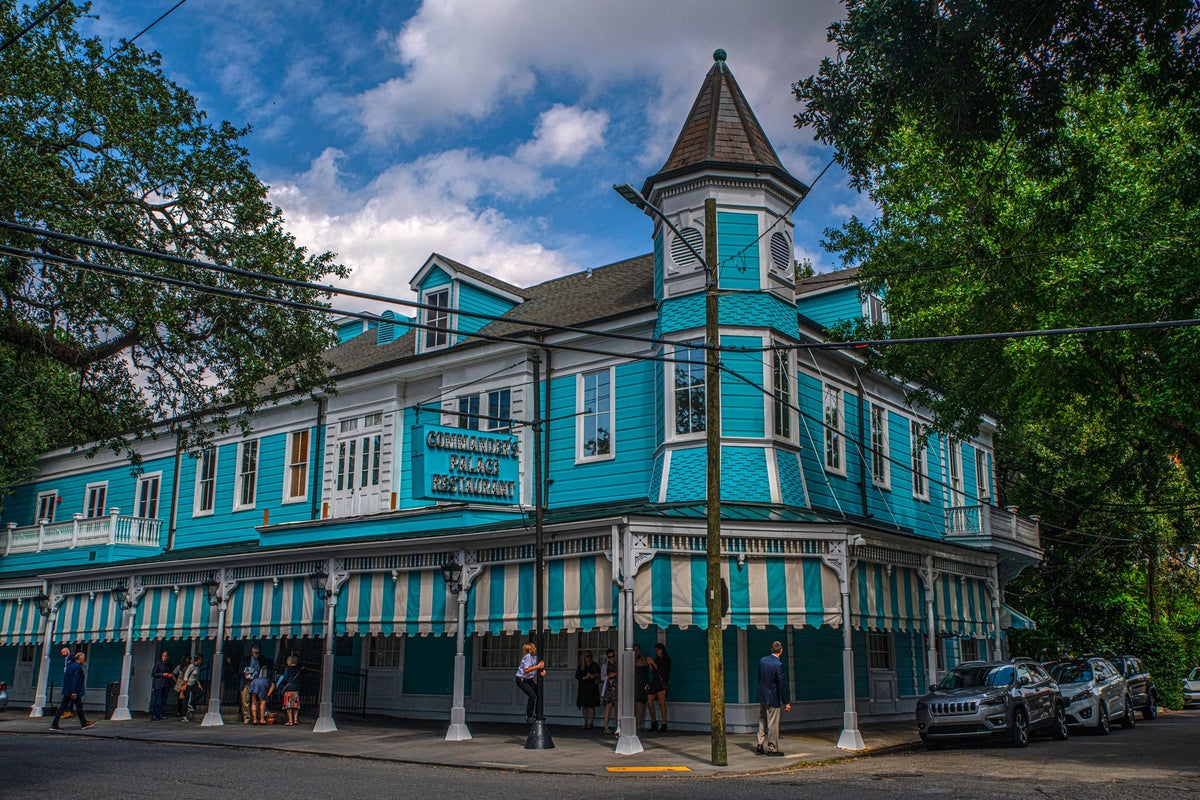
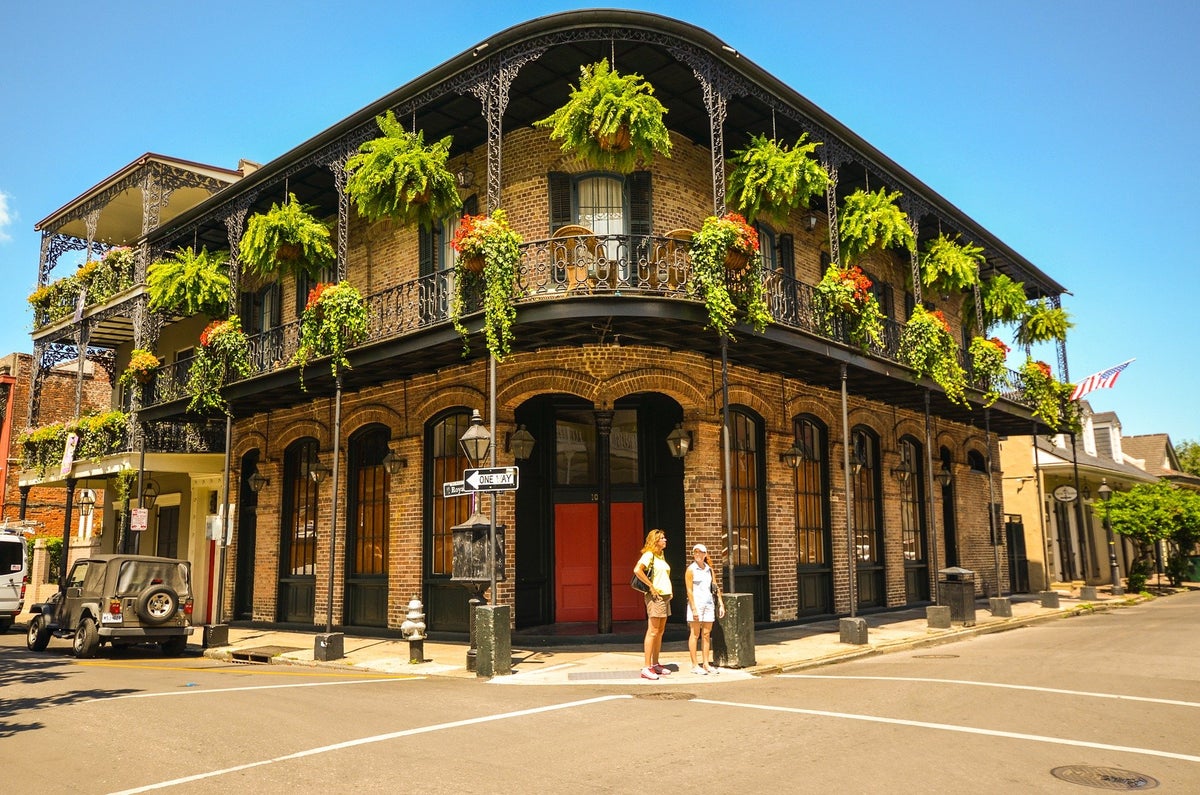
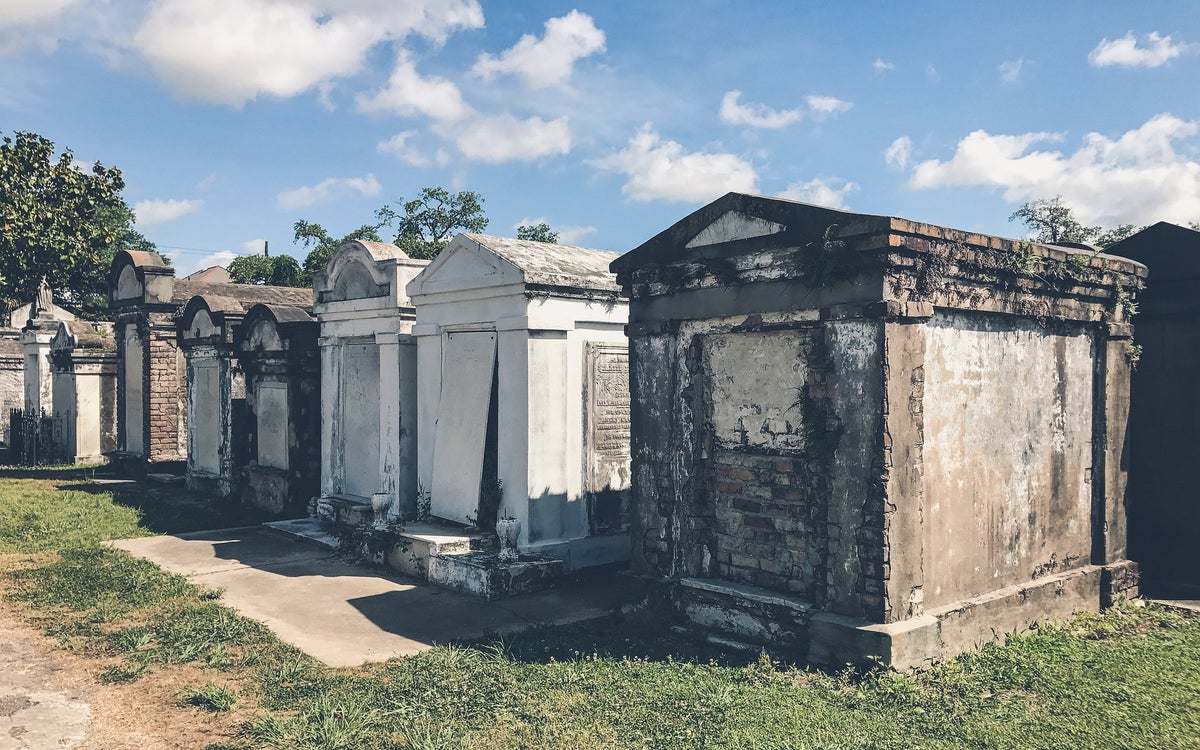
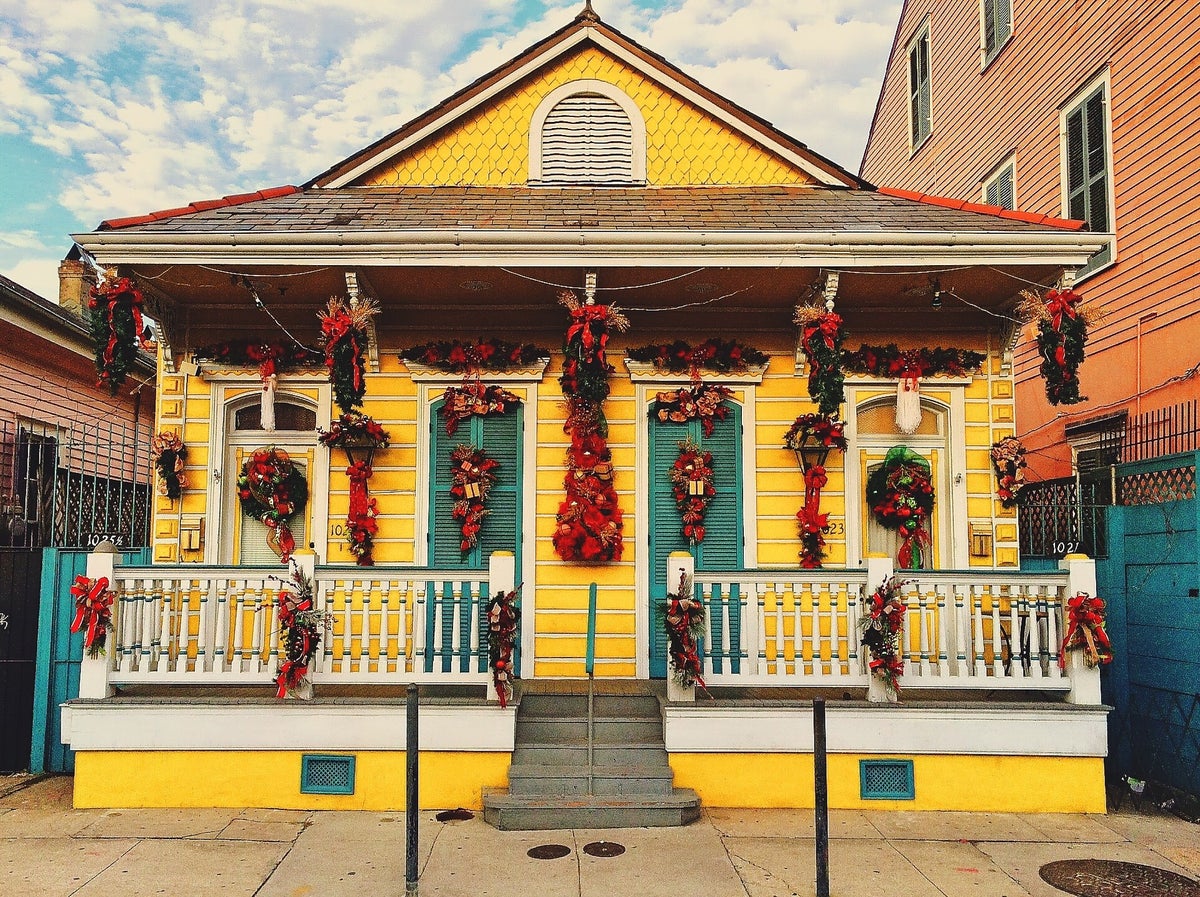
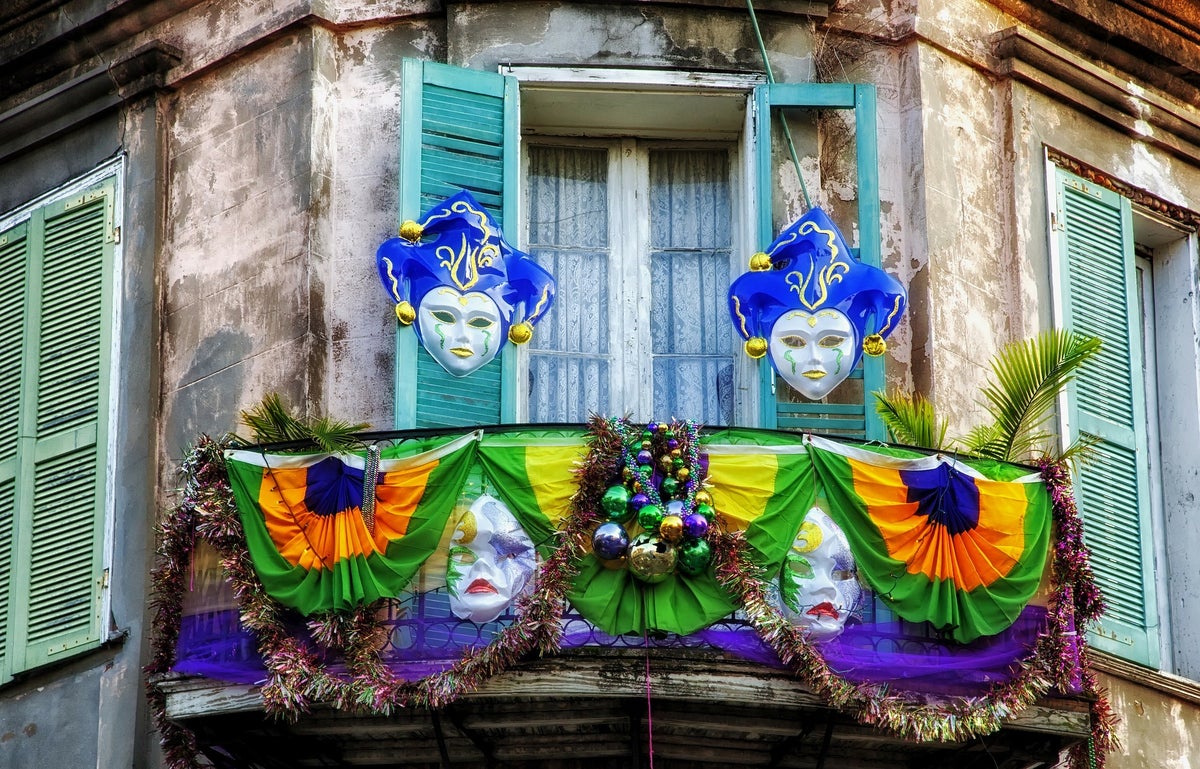
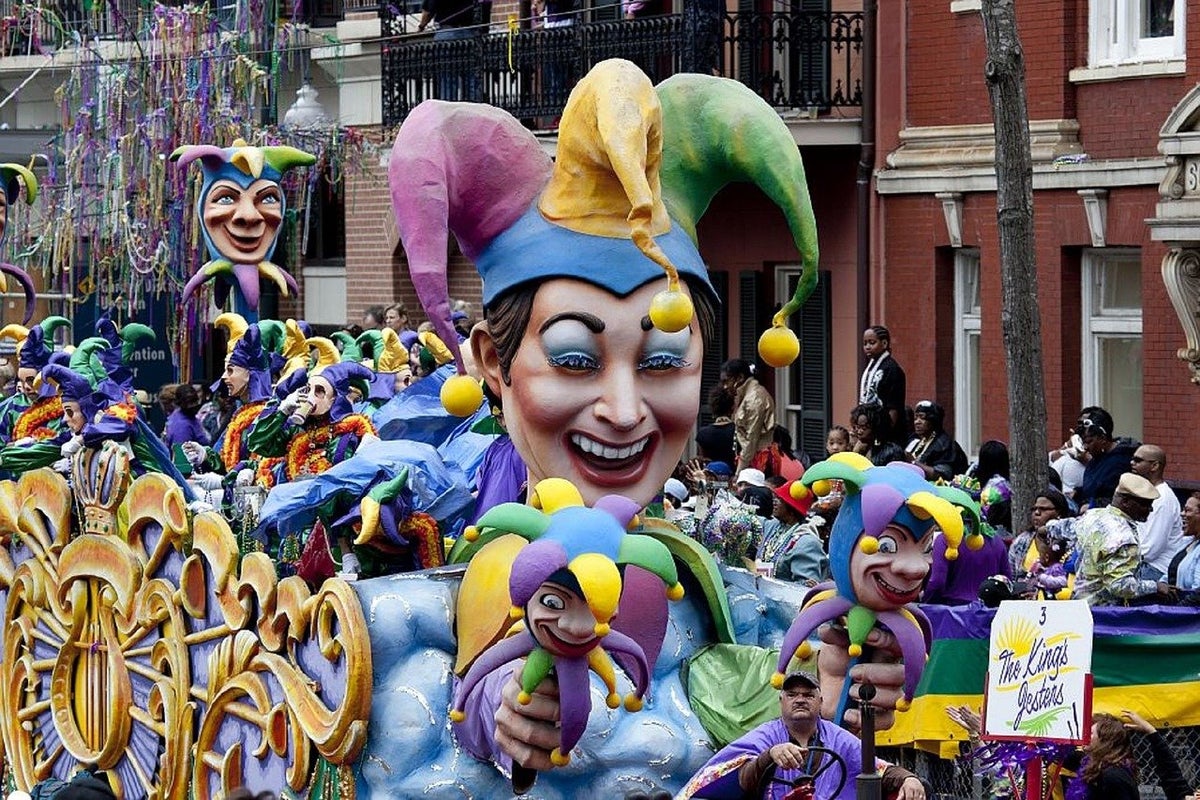
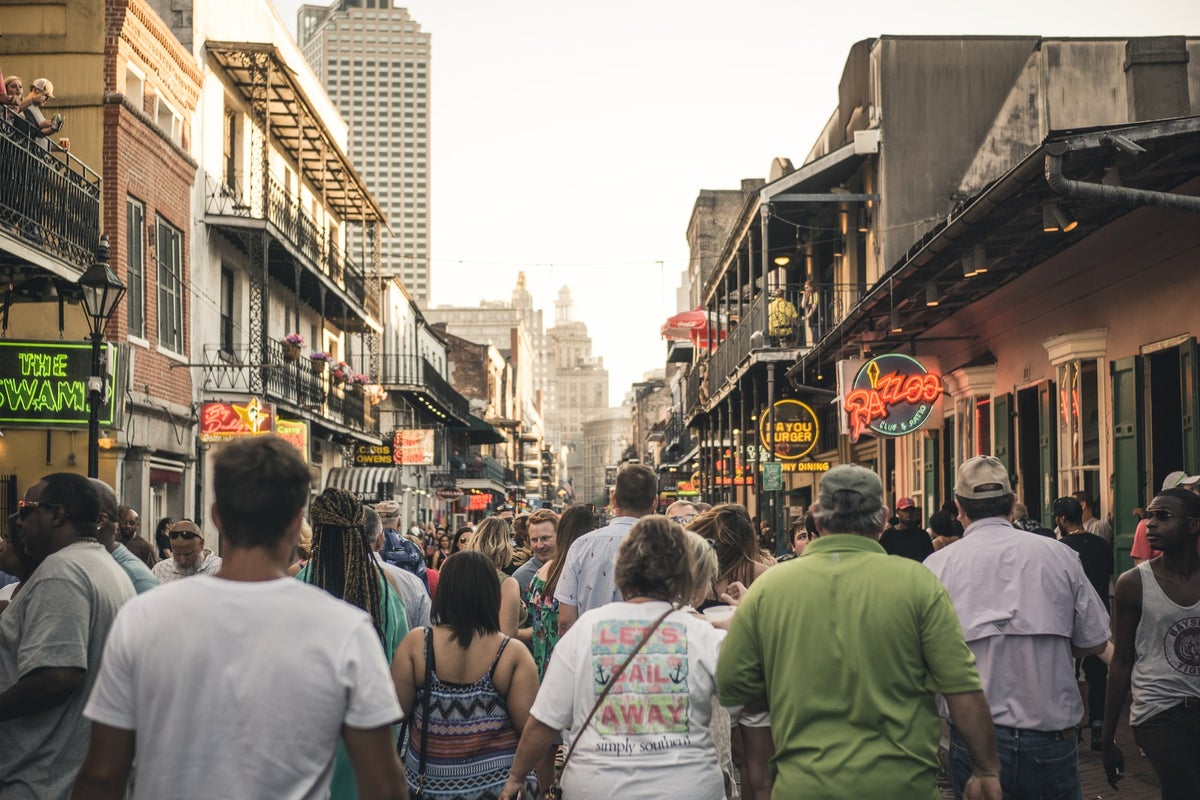
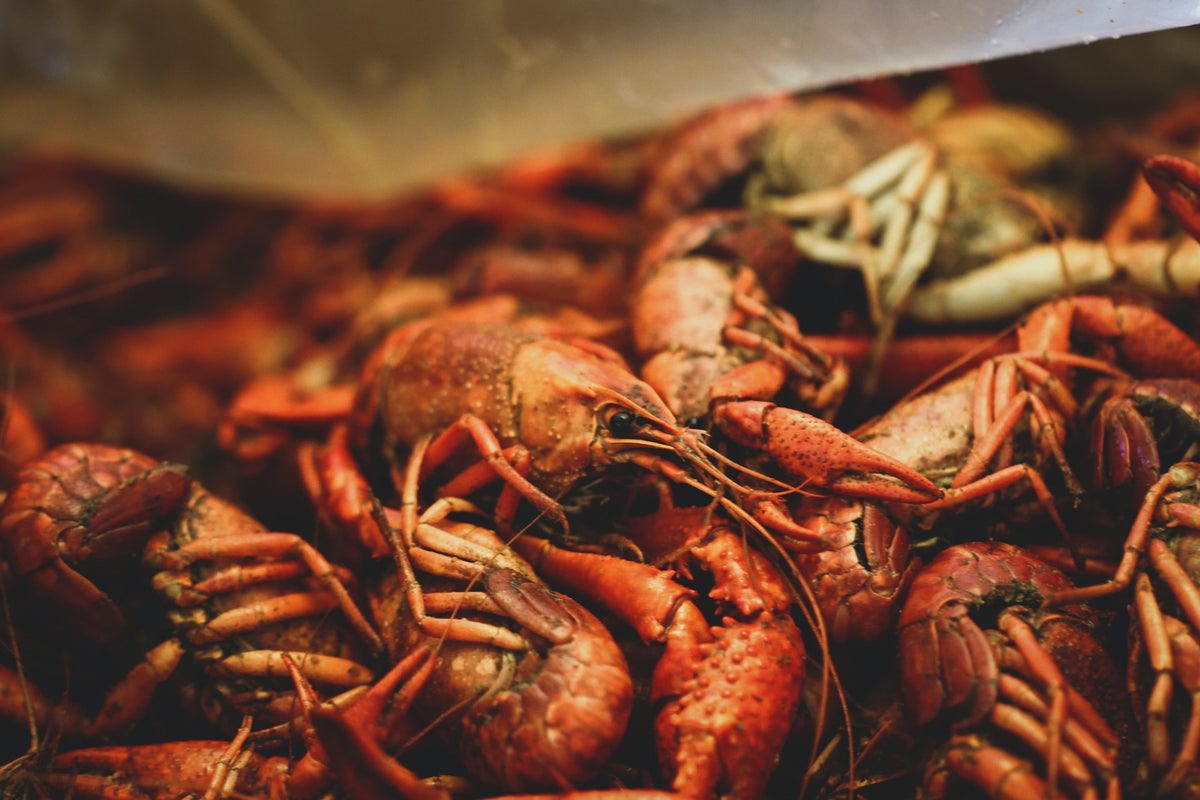
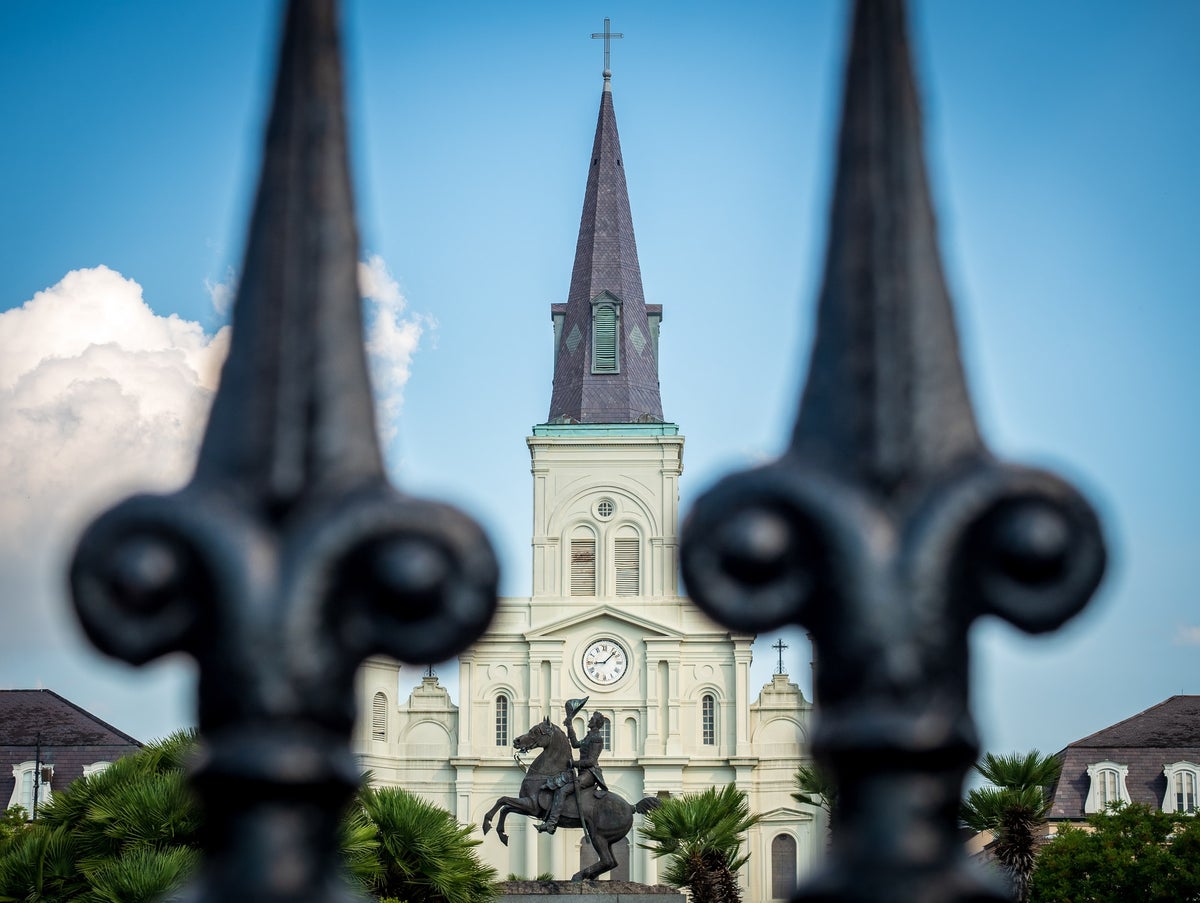
![The Best Times To Visit Yellowstone National Park [By Seasons & Interests]](https://upgradedpoints.com/wp-content/uploads/2020/06/Grand-Prismatic-Spring-Yellowstone-National-Park.jpg?auto=webp&disable=upscale&width=1200)
![The Best Times To Visit Hawaii in 2025 [By Seasons & Islands]](https://upgradedpoints.com/wp-content/uploads/2020/05/Maui-Sunset.jpg?auto=webp&disable=upscale&width=1200)

